Research: Technology Effects on Sleep for School Age Students
Susan Newcome / Associate Editor
Last updated on Aug 30, 2019.
It's back to school season and a lot of parents are worried about their students sleep habits. Below, we compiled a list of the most important statistics and takeaways for parents for healthy sleep.
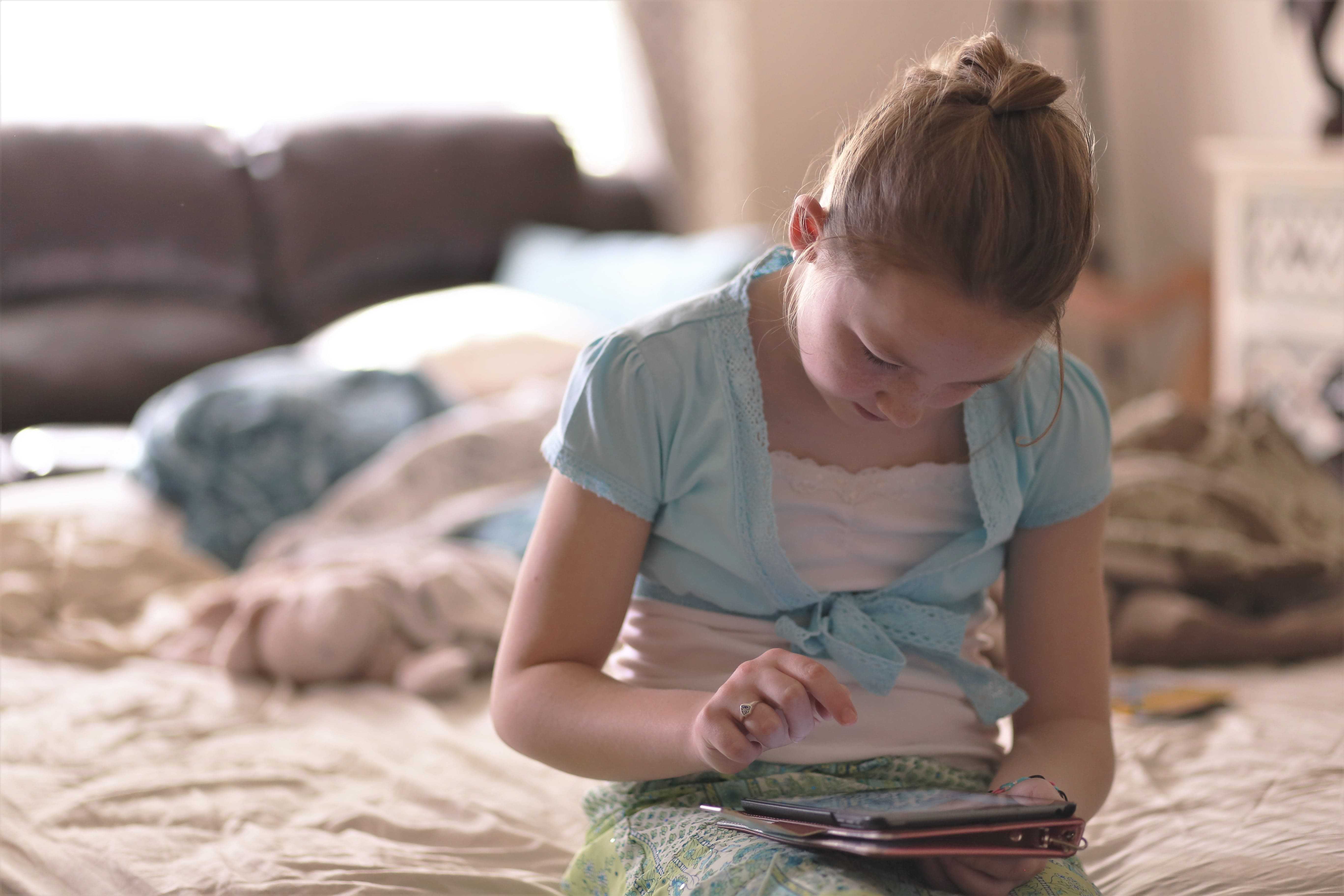
It’s 2019 and tech runs the world. Our lives have become fully integrated with the technology around us, so much so that in many cases, the technology shapes how we perceive and interact with the world. For a younger generation, one who hasn’t known the blissful solitude of unplugging, omnipresent and ever-connected technology represents relationships, hobbies, and increasingly, ways to wind down before bed.
Intuitively, a lot of parents have reservations about the scope of their children’s technology habits. Many parents have told us that they enforce boundaries on how many hours per day of video games their kids can play, and where smartphones and tablets must be kept during the night hours. Reading between the lines here, parents do this because left un-tethered, the children won’t.
Aside from behavioral considerations, rampant technology use has a large effect on sleep patterns. According to recent studies, there are a couple of factors at play:
- Blue light emitted from the screens of handheld and entertainment devices.
- Low level anxiety and stress hormones (cortisol) associated with always-on connectivity.
Below, we examine the data behind both.
Blue Light Impact on Melatonin Production
Melatonin is a hormone that regulates the sleep/wake cycle. The sleep/wake cycle is driven by several factors, but the most notable one is light. When the sun goes down and it gets dark outside, your eyes send a signal to the hypothalamus, which in turn, sends a signal to your body to begin releasing melatonin. ref
The longer you inhibit and delay the release of melatonin, the harder it is to fall asleep at night.
Blue light is the strongest and brightest wavelength. When the brain senses blue light it responds similarly to sunlight, and if you’re exposed prior to bed, delays the production of melatonin and sleep.
One of the issues with cell phones and tablets in particular is that we typically hold them closer to our face, subjecting us to more intense doses of blue light.
A study by the National Sleep foundation found that 95% of people report using an electronic device with a screen within an hour of bedtime. ref
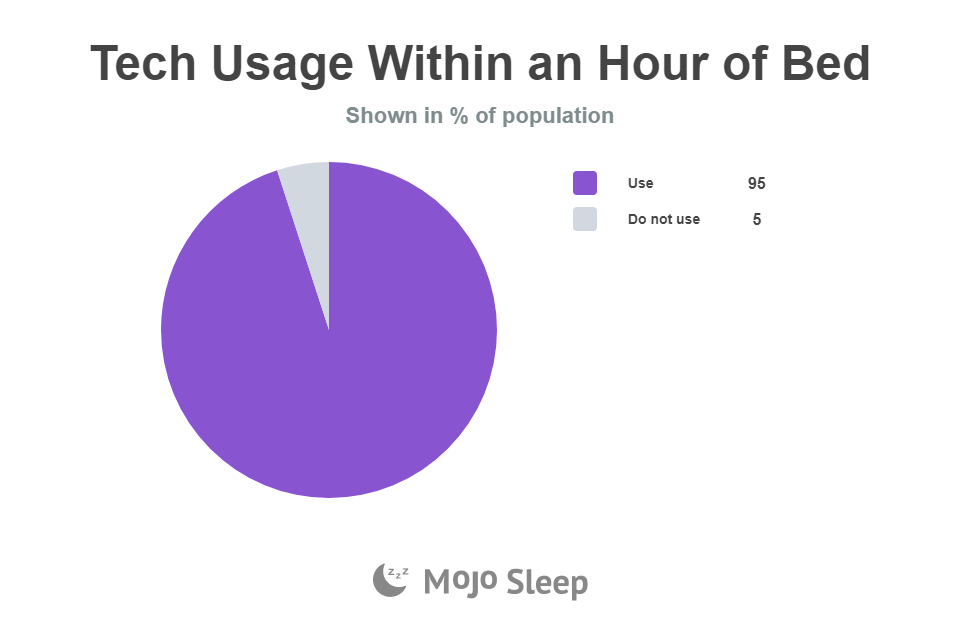
Parents’ estimates of sleep time are 8.9 hours for children ages 6 to 10, 8.2 hours for 11 and 12 year olds, 7.7 hours for 13 and 14 year olds and 7.1 hours for teens ages 15 through 17.
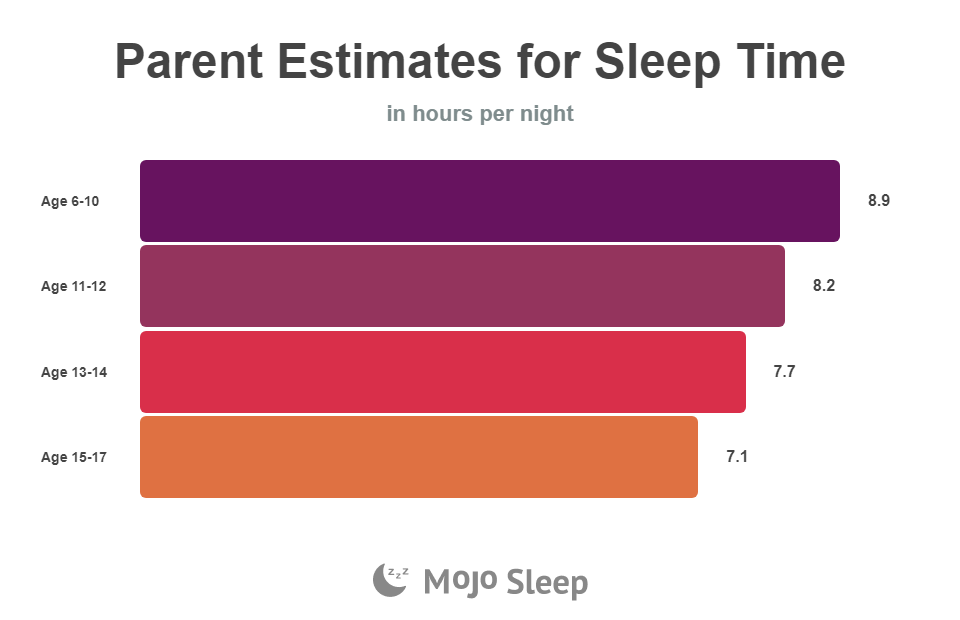
The National Sleep Foundation recommends that children 6-10 get 10-11 hours of sleep, and children 11 and older get 8.5 to 9.5 hours per night.
Another study shows that children using electronics before bed as a way to relax and prepare for sleep experience fewer hours of sleep per week than their counterparts. ref
Below is a chart showing the relationship between duration of usage (by device category) and resulting sleep time:
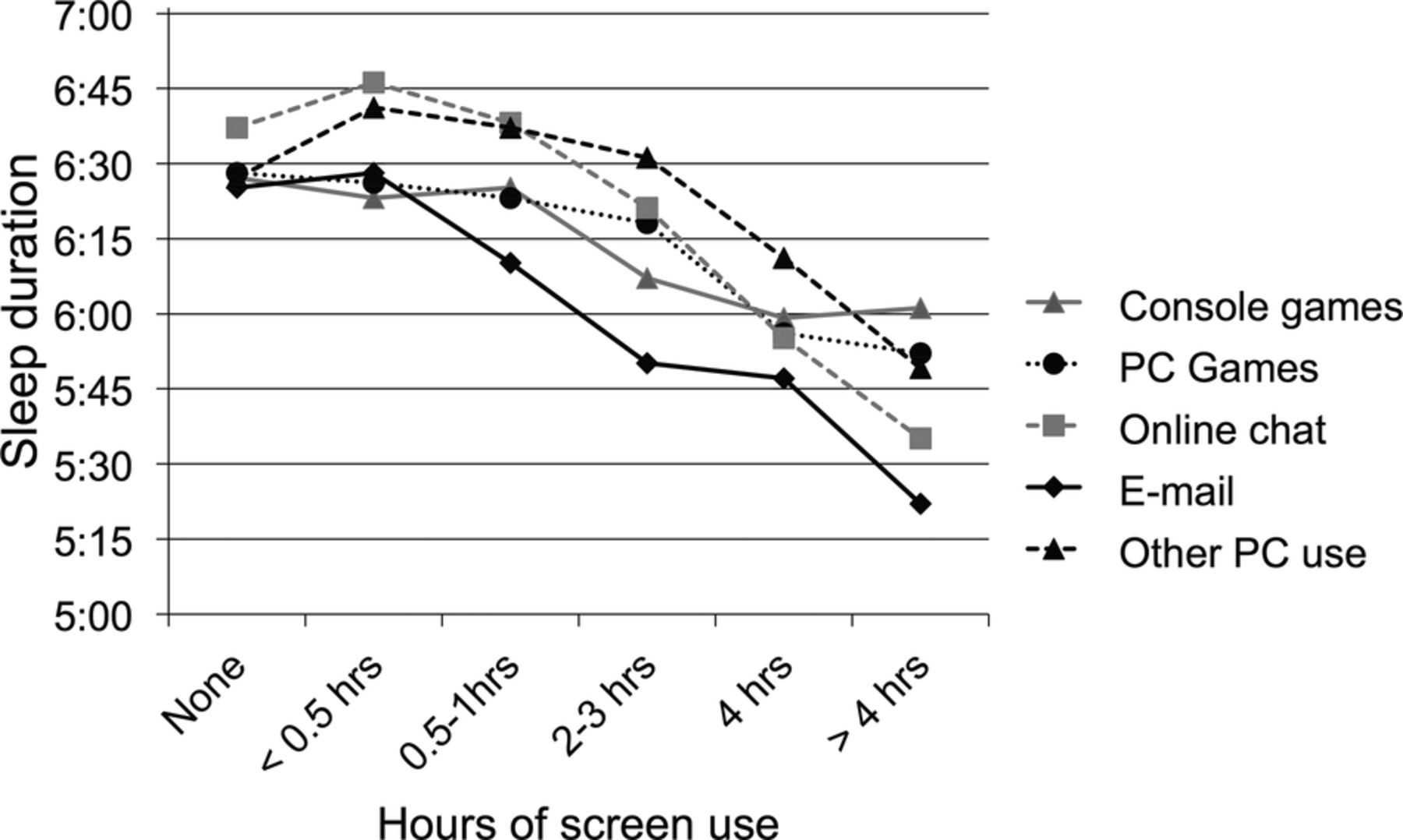
Source: https://bmjopen.bmj.com/content/5/1/e006748
Anxiety and Cortisol from Cell Phone Use
Most of us can remember a time when we were waiting for a phone call or text message and we couldn’t stop checking the phone. If you’ve been camping, or otherwise off of the grid recently, you can probably identify with having FOMO (fear of missing out). After being always on and always connected, it can be downright uncomfortable not to have a signal.
It’s more than just a thought pattern, it’s physiological too. In 2016, researchers at California State University recruited 700 college age students for a study that sought to understand technology usage, anxiety & dependence, and the relationship between them and sleep. ref
The researchers found that the college students felt so anxious about being away from their phones that they experienced increased nighttime awakenings and increased smartphone usage in the days that followed.
Technology dependence aside, we’ve also become so accustomed to real-time notifications that even when we put away our phones, we’re still tuned in and alert, waiting for any vibration or notification.
Additional research has shown that 22% of Americans sleep with their phone ringers on.ref Couple that with the fact that 72% of children ages 6 to 17 have at least one electronic device in their bedroom while sleeping and you’ve got a recipe for disaster. ref
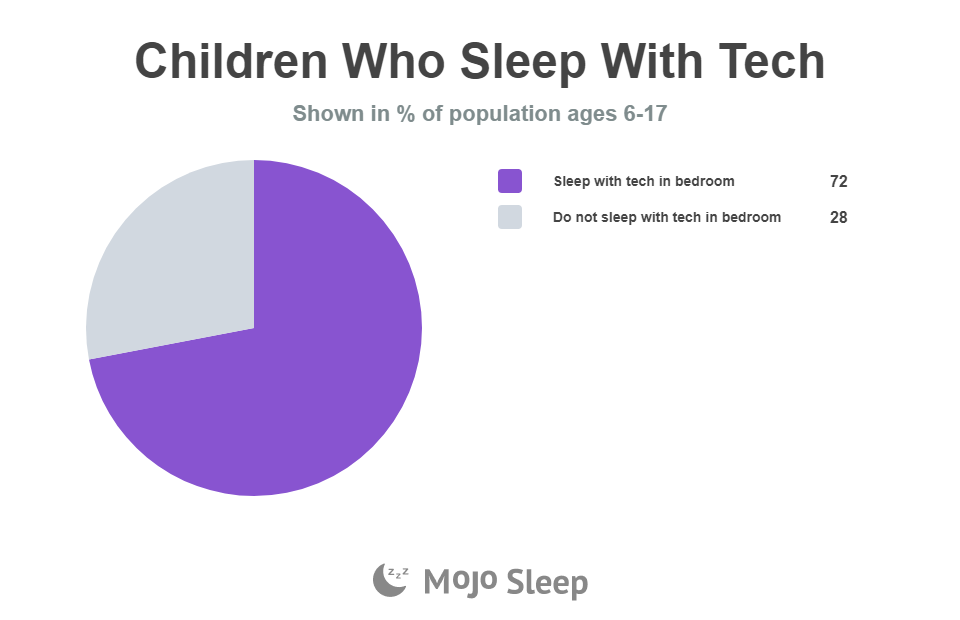
Fair Use Statement
The data and images on this page are free for noncommercial purposes. Feel free to share this information with your readers; if you wish to share it, please simply provide a link back to the URL of this page to give proper credit.